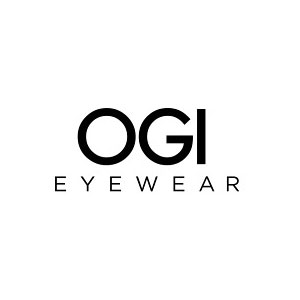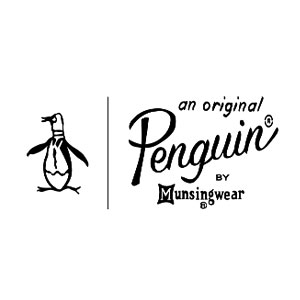Patient Education
Frame Gallery
- Details
- Written by Harbor View Eye Care Team
So you’ve had your eyes examined and picked out your new frames, and now you have an array of lens options from which to choose. One important option to consider is investing in an Anti-reflective coating, also known as AR coating. This feature has multiple advantages that can benefit almost anyone who wears glasses.
Today’s modern lens materials have a higher refraction index than previous...
- Details
- Written by Harbor View Eye Care Team
Astigmatism is a refractive error usually caused by an irregular curvature on the surface of the eye. As light enters the eye it is focused on two points instead of a single point needed for clear vision. Normally the curve on the surface is equal from left to right and from top to bottom, giving the surface of the eye an equally round shape like a ball.
With astigmatism one of these curves...
- Details
- Written by Harbor View Eye Care Team
Once the contact lens is properly prepared it is time to insert the lens onto your eye.
First, using the middle finger from your non insertion hand, hold the upper eyelid and lashes open to help prevent blinking. Next, with the middle finger of your insertion hand, pull down on your lower eyelid and lashes to open your eye as much as possible. Then, while looking forward, gently place the...
- Details
- Written by Harbor View Eye Care Team
Computer Vision Syndrome, or CVS, is characterized by tired and sore eyes, headaches, neck and shoulder pain, and general body fatigue. It is the number 1 complaint in the workplace and effects everyone who works on a computer.
CVS is brought on by the way your computer screen works. An image on the screen is made up of thousands of tiny colored squares called pixels. These pixels are...
- Details
- Written by Harbor View Eye Care Team
Intraocular lenses, or IOLs, is the artificial lens implants that replace the eye’s natural lenses after cataract surgery.
Recent advancements in lens technology have made it possible to not only treat the cataract, but to reduce or eliminate dependence on glasses as well. In most cases the patients have reported having the best vision of their lives.
Since no single lens works for...















